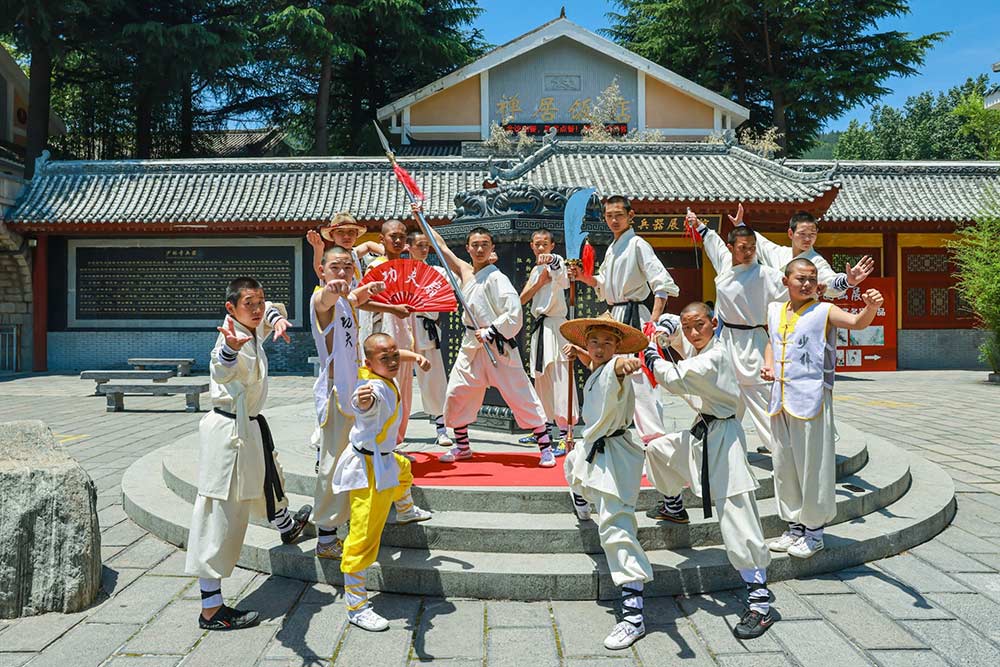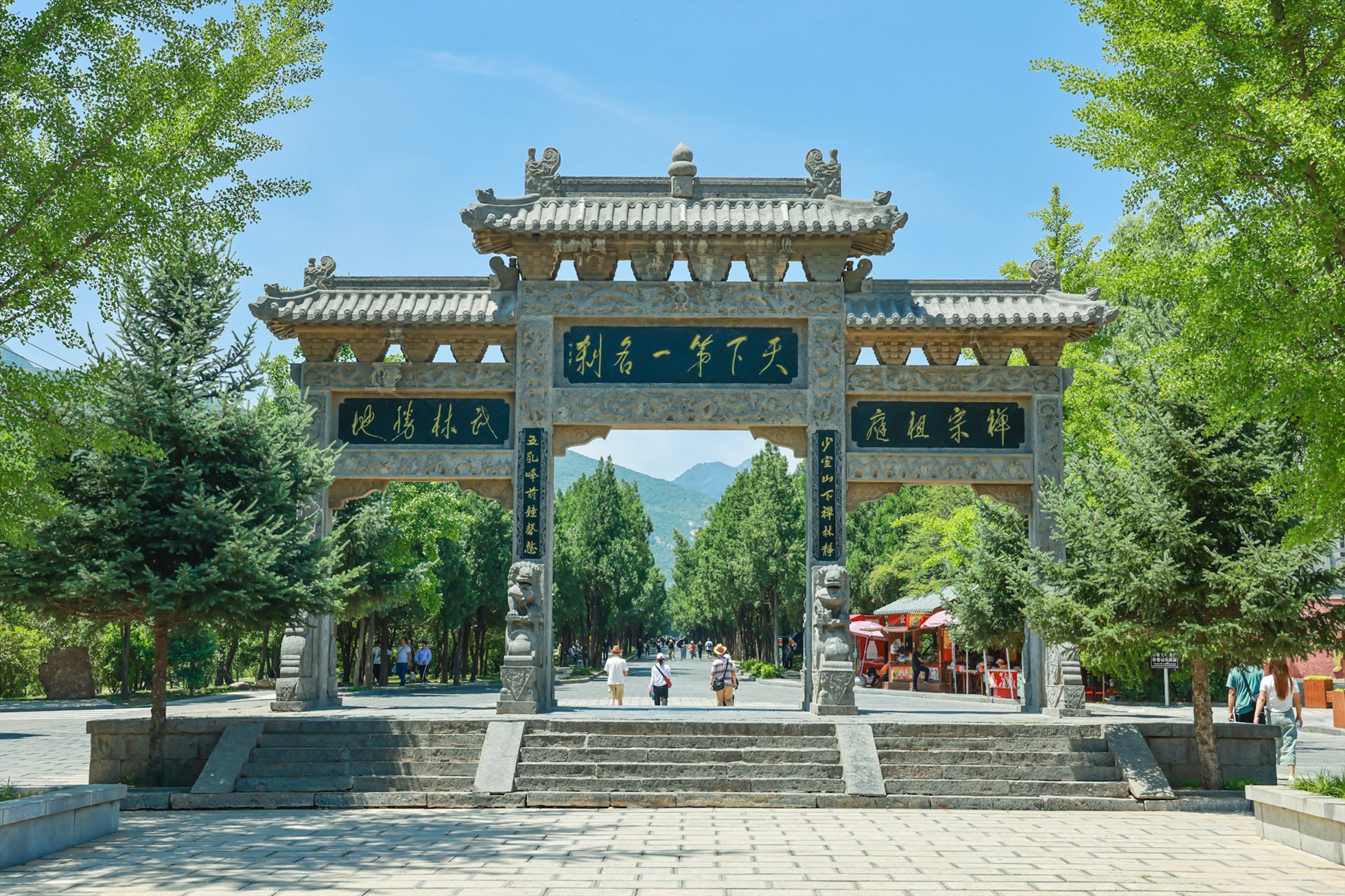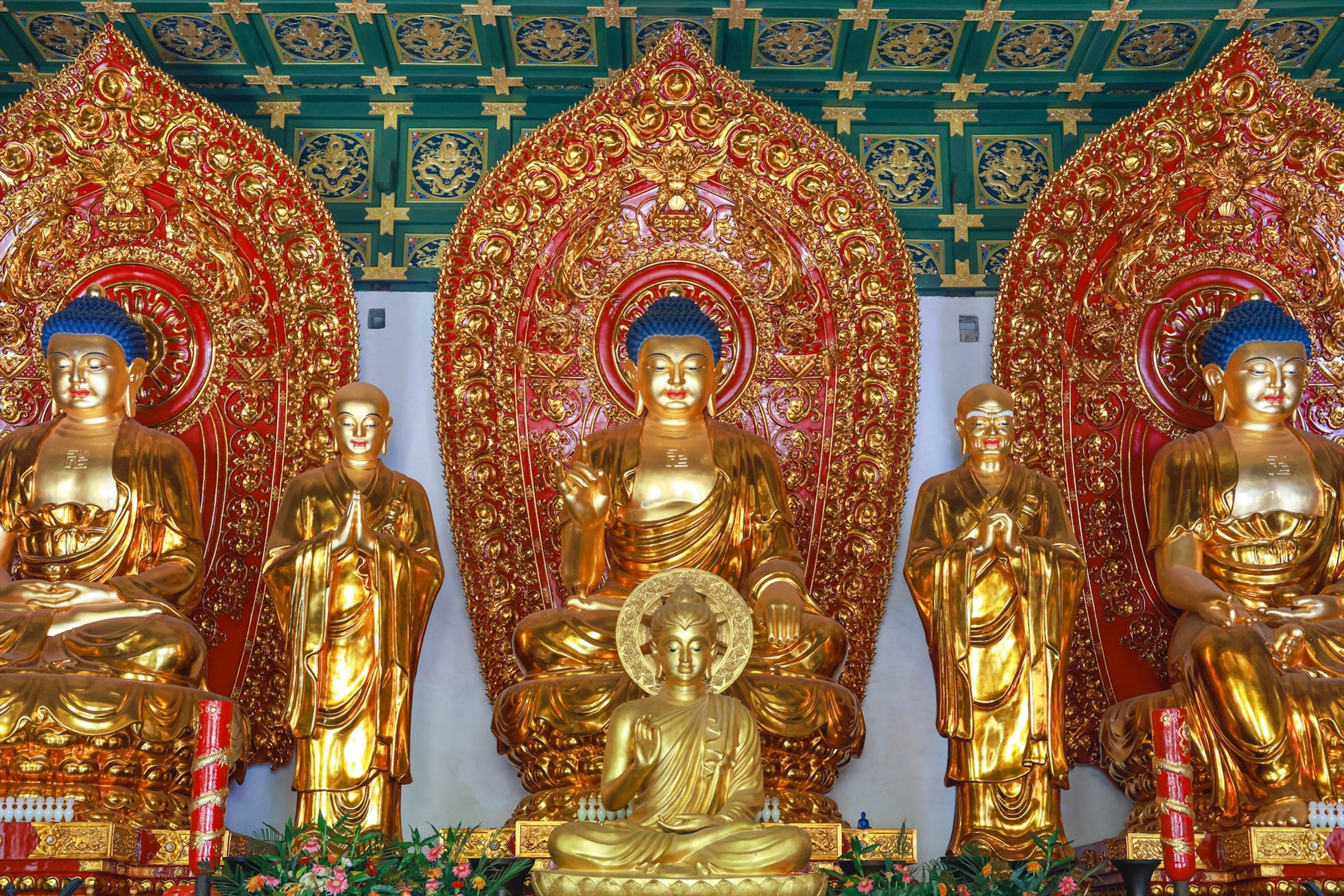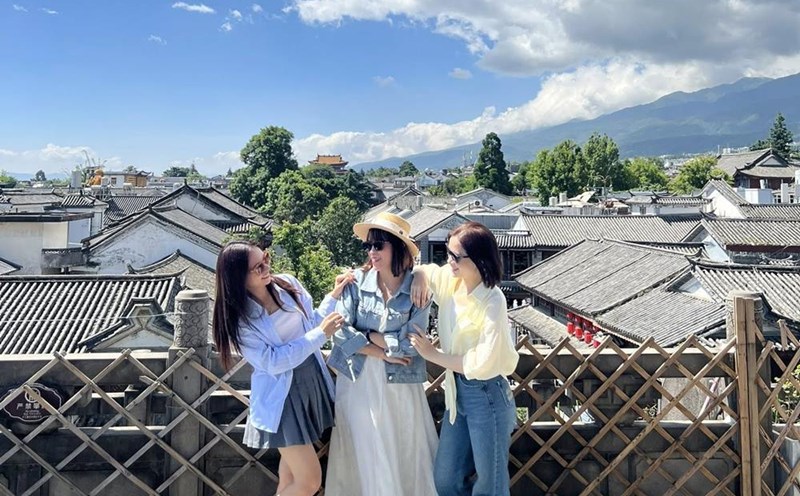
The Great Wall - the pagoda considered the " martial arts site" of China - is now not only famous for its thousand-year history, but also attracts attention for the controversies surrounding the scandal of the main hall.
General Thich Vinh Tin, known as the " CEO monk", is facing a series of accusations related to his personal life.
Amid the scandal and the modernist whirlwind, public opinion is increasingly interested in the core question: What is Thien Lam Tu really? To answer that question, it is necessary to return to the history of more than 1,500 years of the Young Lam Tu.
The Golden gate, also known as the Shaolin Monastery, is located at the foot of Tung Son mountain, Dang Phong district, Ha Nam province, China - a place recognized by UNESCO as a world heritage.
Built in 495 AD under the decree of Emperor Wei of the Northern Dynasty, the gate of Lam Tu is not only a center of Zen Buddhism but also a vivid symbol of traditional Chinese martial arts.
Throughout its more than 1,500-year history, this place has gone through many events, flourishing and fading, but has always played an important role in the cultural, religious and martial arts life of China.

From the early days, Thieu Lam Tu was a place for monasticism and kinh kinh of Buddhist monks, including Bo-de-dyat-ma - the 28th ancestor of Zen - who was believed to have spread Zen and laid the foundation for the combination of meditation and physical exercise.
Legend says he has been hiding in the cave for nine years to meditate and create exercises to help strengthen the monks' physical strength, paving the way for the connection between martial arts and monastic practice.
Thieu Lam martial arts was not formed from a specific event, but gradually developed over time due to the need for self-defense, physical training and serving the court. From the Tang Dynasty, Tong to Minh - especially during the Minh Dynasty - the feudal state often invited the Thieu Lam military dogs to participate in protecting the royal palace and fighting the disorder. Since then, Thien Lam Tu martial arts has further affirmed its position in Chinese society.
The young Lam Tu is also associated with the legend of "Ngu To" - five noble masters who survived the destruction of the pagoda by the Thanh Dynasty. The five noble masters are said to have developed famous martial arts schools in southern China such as Xuan Quang Bay, Hong Gia Quang, Thai Ly Buddha Quang...
Thieu Lam martial arts is often considered a "common group" of many Chinese martial arts schools, with the theory of having up to 72 martial arts schools such as Long Quyen, La Han Quyen, Ngu Hinh Quyen, Thiet Sa Chuong, Thap Bat La Han Tran...
In the martial arts novels of Kim Dung, Co Long or On Thuy An, these martial arts techniques are often idealized, elevated to the level of a myth, creating the image of Thieu Lam as a " machete of the sacred land" that no one dares to meprise.

Through the ups and downs of history, Thieu Lam has been destroyed many times. Around the 1980s-1990s, Thieu Lam was restored, becoming a center for tourism, martial arts and Buddhism attracting visitors from around the world, according to Time.
The ticket price to the gate of Thieu Lam Tu is currently 80 yuan per person, equivalent to about 300,000 VND in Vietnam. This ticket includes the right to visit the entire relic site: the main pagoda, Bao Thap Forest (Pagoda Forest), Damo cave, Sanhuang Village, and watch a martial arts performance at the Martial Arts Hall...
In addition to sightseeing, visitors can attend traditional Lam Thieu chien classes (usually 1-2 hours, or long-term for many months) or watch kung fu performances by tankers...
The ideal time to visit is from March to November, when the weather is mild and there is little rain. Visitors should spend about 2-3 hours or a day to fully explore the pagoda grounds.
Tourists can book a package tour from Trinh Chau, Lac Duong or Dang Phong, picked up and drop off.
According to Travel China Guide, tourists from Trinh Chau city (73-90 km) or Lac Duong (55-60 km) can take a bus or taxi, taking about 1.5-2 hours to Thieu Lam Tu. From Dang Phong center (only 15 km), taxi tourists will take about 30 minutes.









